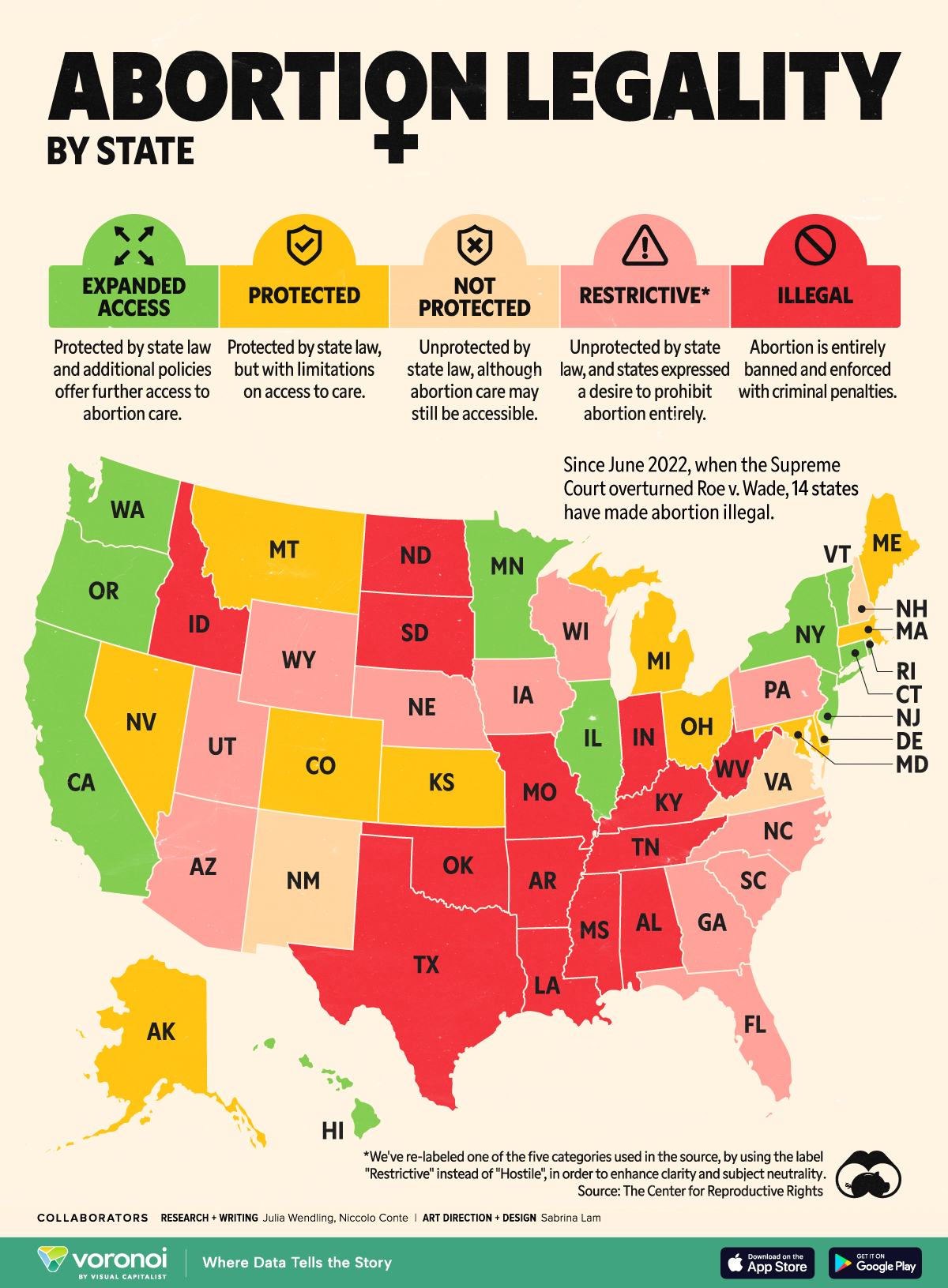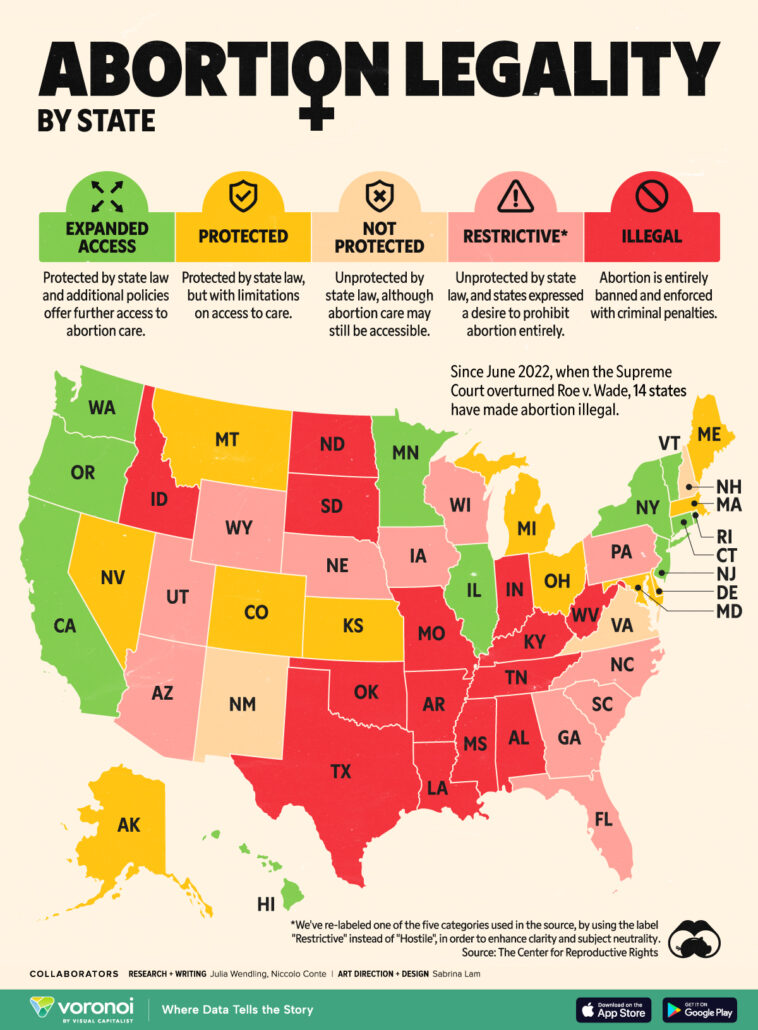
The Intricate State of Abortion Regulation Post-Trump
With the second term of President Donald Trump, the focus on abortion rights has significantly sharpened. Rather than introducing a blanket ban, the administration has cleverly employed executive authority to implement a series of bold measures aimed at dismantling federal regulations that have hitherto protected abortion rights.
The Trump Acclamation: State Regulation of Abortion
Trump has certainly played a key role in reshaping the Supreme Court, influencing its historic decision to overturn Roe v. Wade – a decision that blocked many state laws that made abortion more challenging to access. However, his attempt to craft a democratic façade by claiming his efforts allow “returning abortion to the states” raises eyebrows. Such a claim suggests a misleading simplicity, downplaying the intricate and confusing bits of the abortion debate.
Interpreting Trump’s “Returning Abortion to States”
The subject of abortion is a tangled issue, and the new state laws we’ve seen since the Dobbs v. Jackson verdict have effectively limited access to abortion, sometimes removing exceptions for instances of rape and incest, and even criminalizing the procedure altogether. If we dig into the assertion that abortion regulation was returned to the states post-Roe, we already face a problem: Abortion regulation was already a state responsibility as a result of Roe.
Tackling the Tricky Parts of Roe
Understanding the overturning of Roe requires navigating the tricky parts. A common misconception is that this decision simply “returns abortion to the states.” However, such a statement is far from the truth. What the Dobbs decision did was quite new and, indeed, catastrophic. It ruled that there was no fundamental right to an abortion. Put simply: no right at all. It rejected the ruling in Roe that defined a woman’s right to abortion under the Constitution’s well-established right to privacy.
The Shaky Balance Established by Roe
Roe’s decision might have been shrouded in controversy due to its somewhat unclear wording, but it already provided the states with considerable power to regulate abortion. The trimester system established in Roe was designed to strike a balance between two vital interests: the right of the state to protect unborn life and a woman’s right to privacy when deciding on abortion.
Navigating the Trimester System
Taking a closer look at the trimester system helps us understand the fine points of the Roe ruling. This system created a sliding scale standard, using the viability of the fetus as a guide. It argued that a woman’s right to privacy is stronger at the start of her pregnancy, while the power of the state increases towards the end of it.
Dobbs: An Extreme Decision?
The Supreme Court, through Dobbs, could have marginally modified Roe to allow for extra restrictions on abortion without outright rejecting the concept that a fundamental right to abortion exists. However, the court chose not to do so, instead delivering what can be seen as an intimidating and extreme decision.
The Need for Balance and Fairness in Abortion Laws
There is a critical need for balance and fairness in our country and its laws. But by eradicating the right to abortion, it becomes nerve-racking to achieve that balance. Post-Dobbs, states suddenly gained more power than what was allocated to them by the nuanced, balanced decision of Roe. They were left with the ability to pass any abortion law they wanted, without any limitations.
Managing Your Way Through The Post-Dobbs Era
With the Dobbs ruling, state legislators who desire to ban abortion from the moment of conception, or after just six weeks (before many women even realize that they’re pregnant), can now freely do so. They can even criminalize women who get abortions or doctors who perform them. This places the country in a situation loaded with tension, and without substantial guiding principles to limit state action.
The Critical Need for Balance
Roe v. Wade, despite its slight differences and failings, was a noble attempt to balance diametrically opposed views on a complex social issue. We need to figure a reasonable path to return balance to the country. Granting unbridled power to uncontrolled majorities in the states certainly won’t help us chart this path.
Originally Post From https://www.duluthnewstribune.com/opinion/columns/pro-con-states-had-ability-to-regulate-abortion-before-trumps-return
Read more about this topic at
Louisiana’s New Law on Abortion Drugs Establishes Risky …


